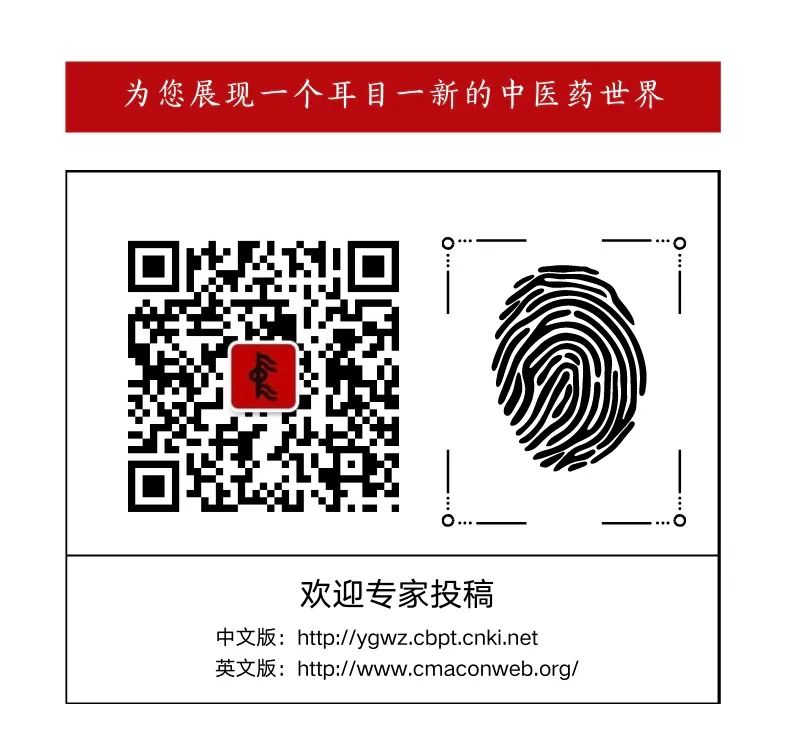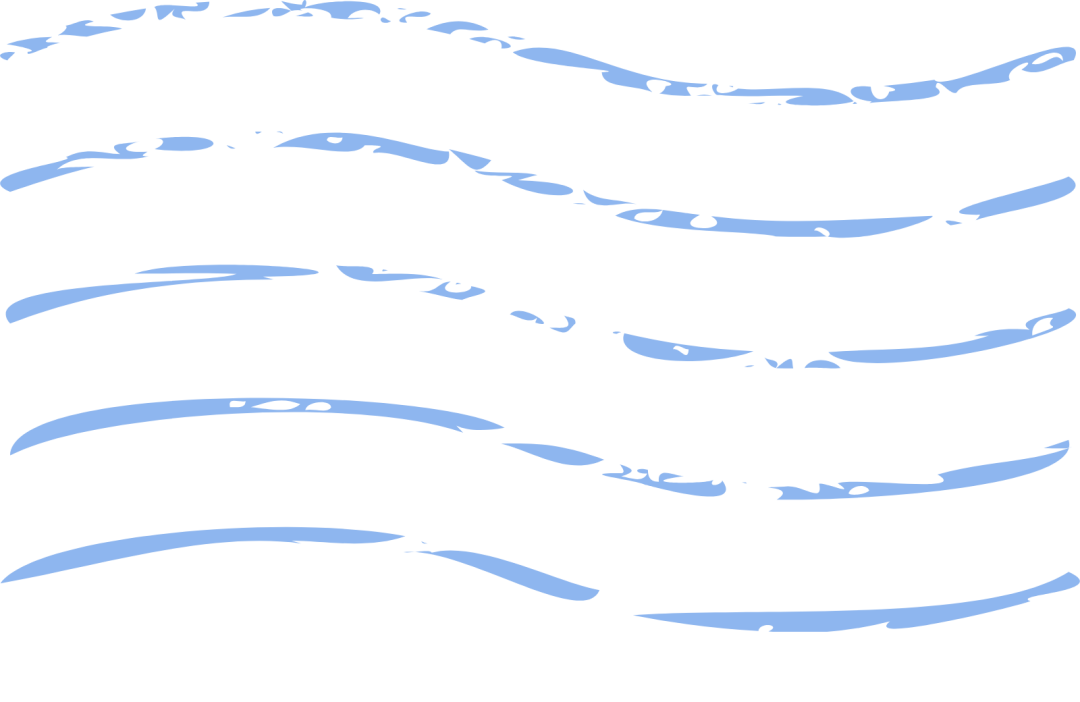
On the afternoon of May 13, the fourth lecture in the series celebrating the 40th anniversary of the journal “Chinese Medicine Culture” was successfully held in Room 206 of the Standardized Building at Shanghai University of Traditional Chinese Medicine. The theme of the lecture was “‘Bencao Gangmu’ and Japan – A Look at Japanese Materia Medica during the Edo Period through ‘Bencao Gai Shuo'”. The speaker was Professor Teruyuki Kubo, an associate professor at Yokohama National University and a visiting researcher at the Institute of ‘Bencao Gangmu’ at Beijing University of Chinese Medicine. The lecture was co-hosted by the Institute of Science and Humanities Research and the Center for the History of Science and Technology (Medicine) at Shanghai University of Traditional Chinese Medicine, with invited guests including Professor Chen Liyun, Associate Researcher Zhou Min, and Associate Professor Yang Lina, moderated by Li Haiying, the editor-in-chief of “Chinese Medicine Culture”. Over 50 faculty and students attended this academic event.
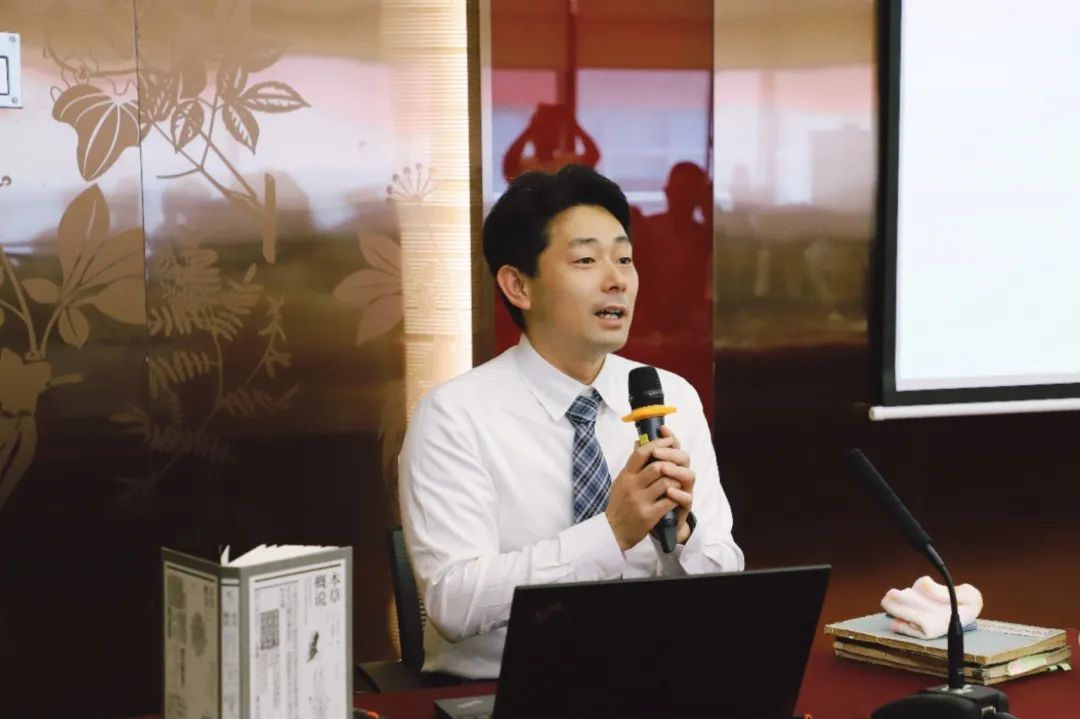
Professor Teruyuki Kubo
The profound influence of ‘Bencao Gangmu’ on Japan is well-known, yet the specific historical details of its transmission are less understood. In the lecture, Professor Kubo opened a journey through Edo-period materia medica, combining insights from his newly translated work ‘Bencao Gai Shuo’. He pointed out that the distinctions in Japanese materia medica as discussed by the Japanese scholar Okani were summarized as: “The Qing Dynasty emphasized pharmacology, while the Japanese did not pay attention to it, even disregarding it”; and “(During the Edo period) the Japanese focused on practical knowledge such as collection and identification, while the Qing people did not prioritize this matter,” although the actual situation was more complex. In the early Edo period, Japanese physicians still primarily valued Jin-Yuan and Ming dynasty medicine, and even after the introduction of ‘Bencao Gangmu’ to Japan, this trend did not significantly change. It was not until scholars like Hayashi Razan began to regard it as a classic for understanding the principles of nature, using it to explain Confucian classics such as ‘Shijing’ and ‘Erya’, that the situation began to shift. Notable figures from early Edo-period Zhuzi scholars included Arai Hakuseki, Okamoto Kōbō, and Inoue Yakusui. Meanwhile, a large amount of silver flowed into the Qing Dynasty through trade in Nagasaki, where the shogunate restricted trade volume through the “New Regulations on Maritime Trade” and encouraged domestic consumption. Additionally, various domains strengthened resource development for fiscal reform, leading to the emergence of economic botany. By the 18th century, the Japanese began to value and study ‘Bencao Gangmu’ in depth, producing a number of materia medica scholars such as Okamoto Ichihō, Niwa Masahaku, Terashima Ryōan, and Ono Ransan, further promoting the development of materia medica during the Edo period. At this time, European botanists who also practiced medicine arrived in Nagasaki, facilitating an exchange between traditional East Asian materia medica and Western botanical classification, and ‘Bencao Gangmu’ also made its way to England. Professor Kubo identified three reasons for the emphasis on ‘Bencao Gangmu’ during the Edo period: first, Japan’s policy of seclusion led to a shortage of imported medicinal materials; second, local governments established herbal collection officials to seek local herbs to replace imports; and third, local governments promoted the industrialization of medicinal herb cultivation.
During the lecture, Professor Kubo showcased several ancient texts from the Edo period that he brought from Japan, allowing the audience to gain a direct understanding of the materia medica books and publishing standards of that time. He also brought fresh Jing Jie (Schizonepeta) picked from Gansu and compared it with illustrations from Utagawa Yōan’s ‘Shokugaku Kigen’, which received enthusiastic responses from the audience.
In the discussion segment, the three guests engaged in an in-depth exploration of the lecture’s theme.
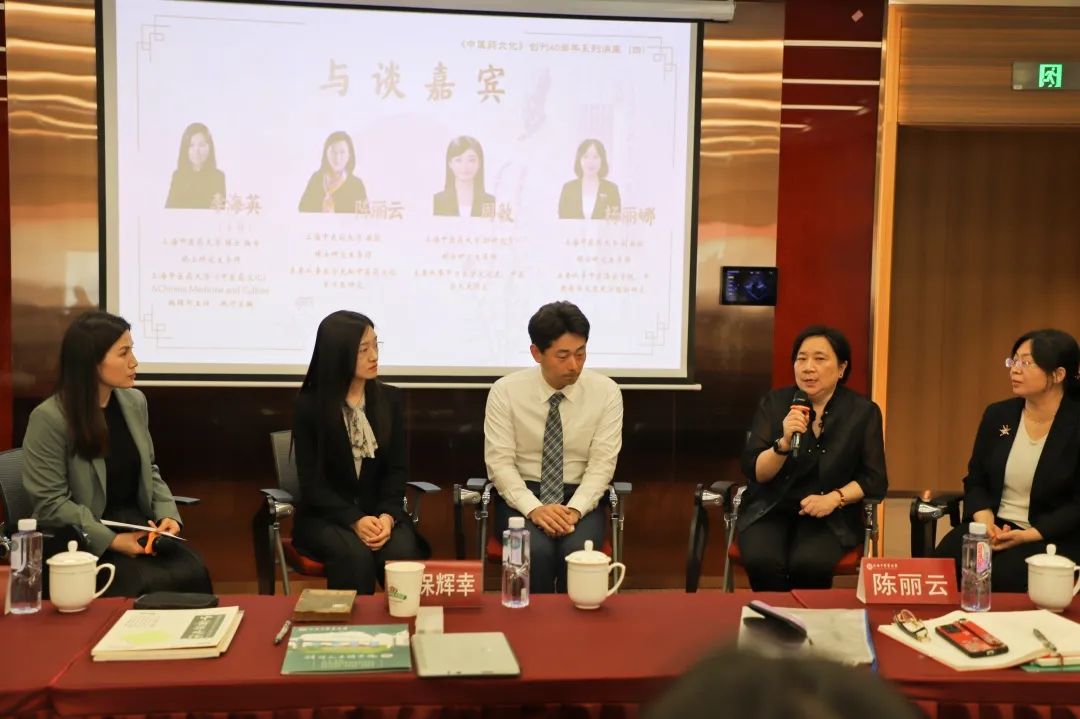
Discussion Scene
Professor Chen Liyun first expressed gratitude to Professor Kubo for introducing the transmission of ‘Bencao Gangmu’ in the Edo period, stating that ‘Bencao Gangmu’ is well-known in China. There are numerous materia medica works in the history of Chinese medicine, starting from ‘Shennong Bencao Jing’, with representative materia medica works from each period. ‘Bencao Gangmu’, based on ‘Zhenglei Bencao’, is a comprehensive work with significant influence, referred to by Darwin as the “Encyclopedia of Ancient China”, encompassing not only materia medica knowledge but also knowledge of plants, animals, and minerals, making it a work worthy of further research.
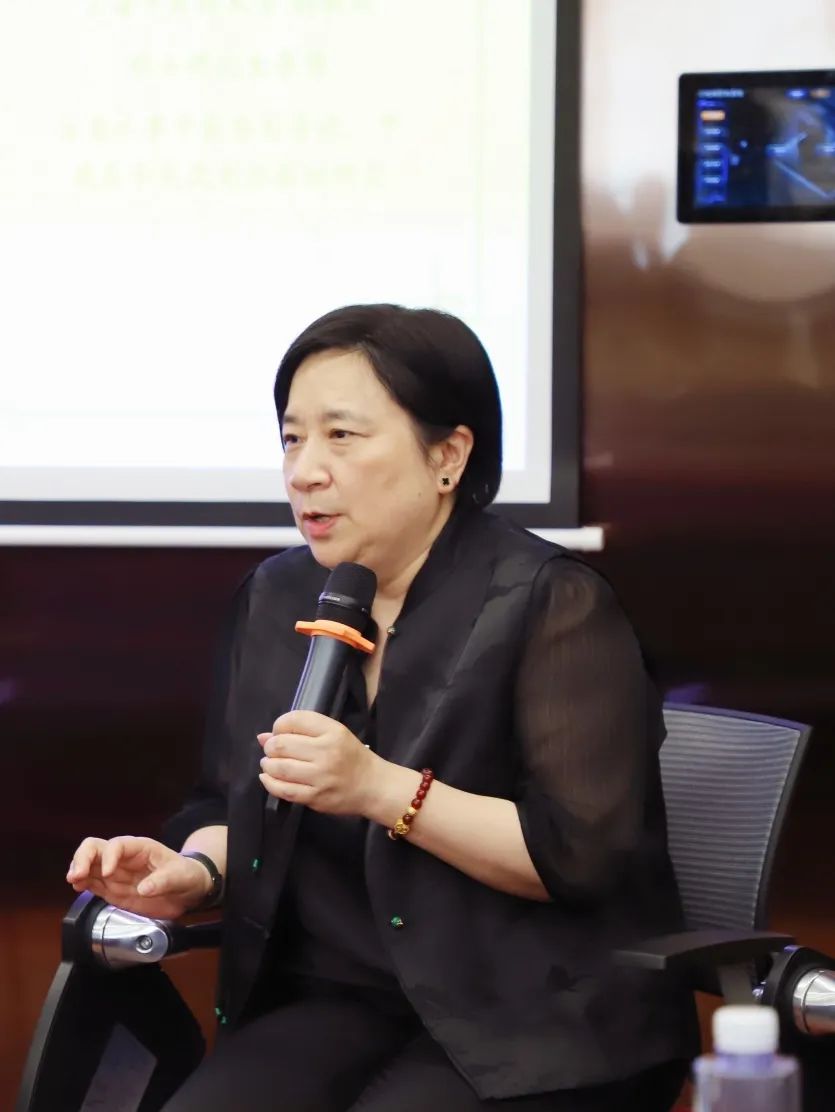
Professor Chen Liyun
Associate Researcher Zhou Min remarked that “‘Bencao Gangmu’ and Japan” is a rich and interesting topic. To the Japanese, ‘Bencao Gangmu’ is not merely a materia medica book but an encyclopedic work, thus its influence during the Edo period extended beyond materia medica to fields such as Confucianism, botany, and natural history. Scholars from various knowledge backgrounds in the Edo period produced knowledge around ‘Bencao Gangmu’ from different perspectives, writing numerous works. From these books and the relationships among figures of the Edo period, one can glimpse the flow of knowledge among Japanese scholars, leading to comparisons and mutual learning with the development of Chinese materia medica. The Edo period spanned over 260 years, making it challenging to grasp such a long historical period in a short time; thus, only a superficial understanding is possible, and more content can be explored in conjunction with the translated work ‘Bencao Gai Shuo’.
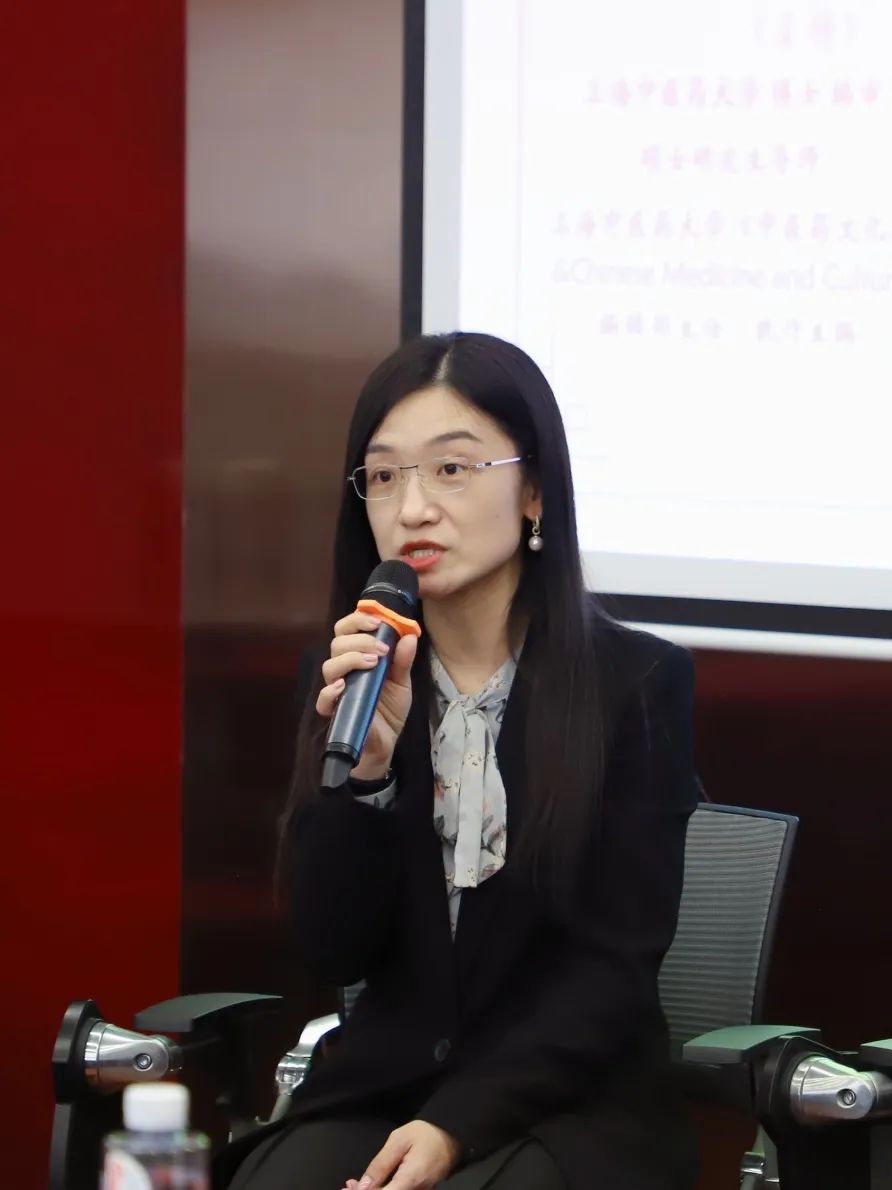
Associate Researcher Zhou Min
Associate Professor Yang Lina mentioned that since ‘Bencao Gangmu’ was introduced to Japan in the early Edo period, many scholars have conducted research from different angles, and this content can also be related to Vietnamese materia medica, which shares many commonalities. After ‘Bencao Gangmu’ reached Vietnam, it significantly influenced Vietnamese scholars, such as Li Youzhu’s ‘Haishang Lanweng Yizong Xinling’, which was largely written according to the structure and classification system of ‘Bencao Gangmu’, inheriting the ideas of Japanese studies on ‘Bencao Gangmu’. Therefore, through comparisons among different countries, the Japanese and Vietnamese adaptations of ‘Bencao Gangmu’ can be presented.
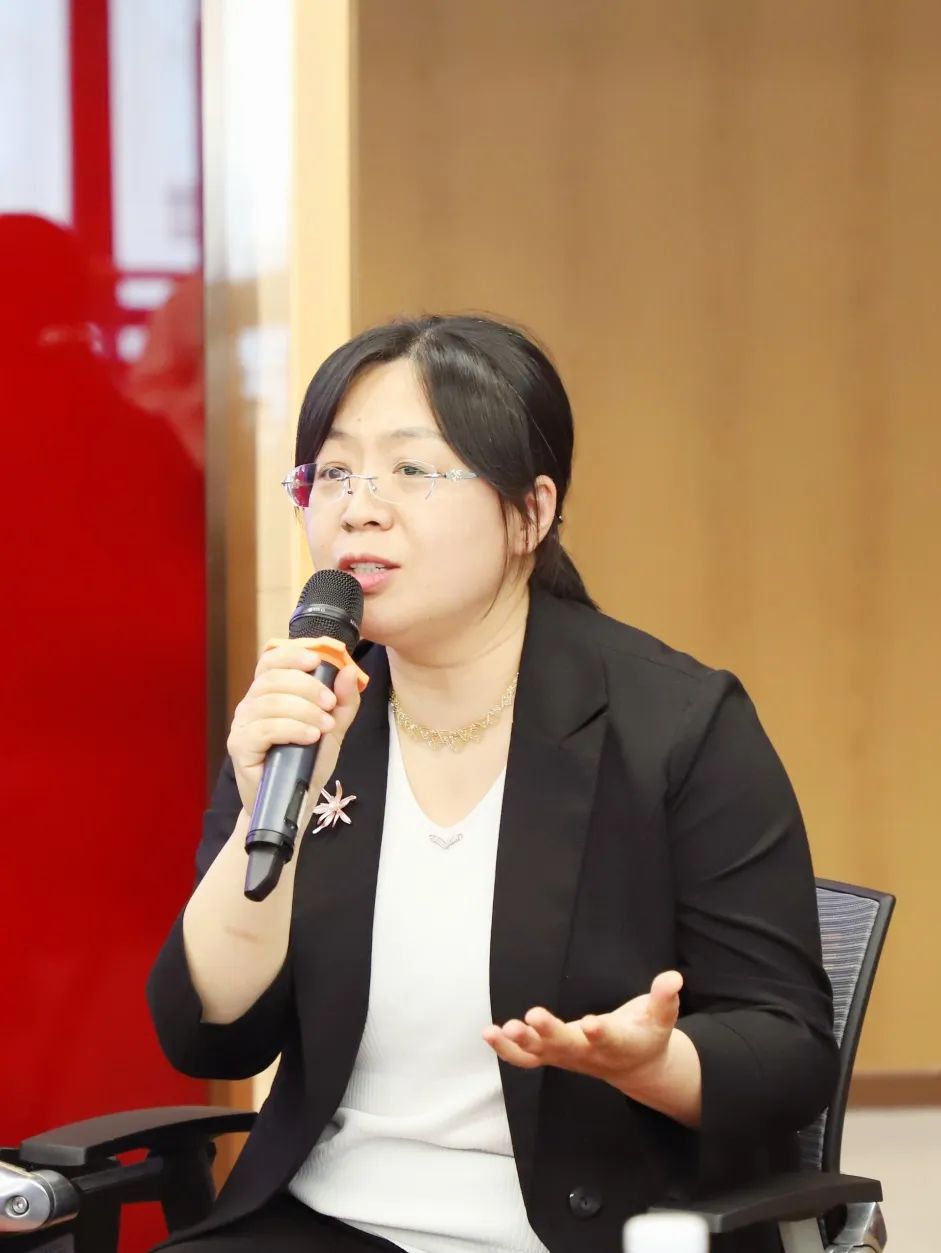
Associate Professor Yang Lina
At the end of the lecture, Editor Li Haiying expressed gratitude to Professor Kubo for the wonderful lecture, believing that it allowed more people to understand the development of Japanese materia medica during the Edo period, providing much inspiration for future research. She emphasized that the study of medical history should consider the historical context of the time, integrating political, economic, and cultural factors, and proposed that the overseas development of materia medica and Chinese medicine is a scholarly hotspot worthy of in-depth research. The “Overseas Chinese Medicine” column of “Chinese Medicine Culture” has always been committed to publishing outstanding academic achievements in the overseas development and dissemination of Chinese medicine, and the study of foreign literature will promote the international development of Chinese medicine culture, hoping that more excellent results can be presented to scholars through this premium column.
During the interactive session, faculty and students asked Professor Kubo and the discussion guests questions related to the lecture, leading to a lively interaction. Accompanied by the fragrant aroma of Jing Jie, this academic event concluded successfully.
Source: Editorial Department of “Chinese Medicine Culture”
Editor: Zisu

Previous Highlights
– Beauty – Eyebrow Painting | Palace Secret Recipes | Rouge and Powder | Bai Zhi (Angelica Dahurica) for Beauty | Common Methods of TCM Beauty Existing Beauty Recipes from the “Yongle Encyclopedia” | Fashion Beauty from Classic Materia Medica– Pain –Hair Loss | Insomnia | Constipation | Spleen and Stomach | Eczema | Acute Conditions | Memory Decline | Women’s Winter IllnessAcupuncture for Difficult Labor | Acupuncture for Cervical Spondylosis | Acupuncture for Asthma | Acupuncture for Insomnia | Battlefield AcupunctureSpring Festival Syndrome | Premature Graying | Children’s Colds | Sweet Taste in the Mouth to Watch Out For“Peach Blossom on a Human Face” May Be Photosensitive Dermatitis | Do Your Parents’ Knees Hurt in the Cold? – Science Popularization – Chinese Herbal Anesthesia | Incense Culture | Facial Spectrum | Overlooked TCM Emergency CareIt Turns Out Music Can Heal | Comparing Heart and Heart | Sleeping is the Best Health PreservationWhat Did Toothbrushes Look Like in the Tang and Song Dynasties? | TCM Discusses Dantian | Misconceptions of TCM in Film and Television How Did Ancient People Handle Garbage? | The Health Principles of Tai Chi | History of Acupuncture DisinfectionWhy is “Gao Huang” Misunderstood Again and Again? | How Did Ancient Medicine Advertise? – Culture – Jin Ping Mei | Dream of the Red Chamber | Huangdi Neijing | Shanghan Lun | Idle Feelings | Classic of Mountains and SeasYijing | Stable Woman | Ancient Times | Shamanism | Western Xia | Zheng He | Physiognomy | Obsolescence | Diplomacy Shanghai School of TCM | Ancient Anatomy | Ancient Female Physicians | Yuan Dynasty Diet | Fear of Deficiency and Excessive Supplementation Folk Customs of Exorcism | Shennong Tasting Hundred Herbs | Daoist Canon and TCM | Guangzhou Medical Old BrandsAncient China with Fragrant Quilts | Dyeing Plants in ‘Bencao Gangmu’ | What is Zhuyou? – Poetry Appreciation – Ascending High | Fang Yao | Jiangnan | Su Mu Zhe | Pink Butterfly | Dancing Butterfly Autumn Poems in Two Parts | Asking Liu Shijiu | Looking at the Snow on Zhongnan Mountain | Reflections on Reading